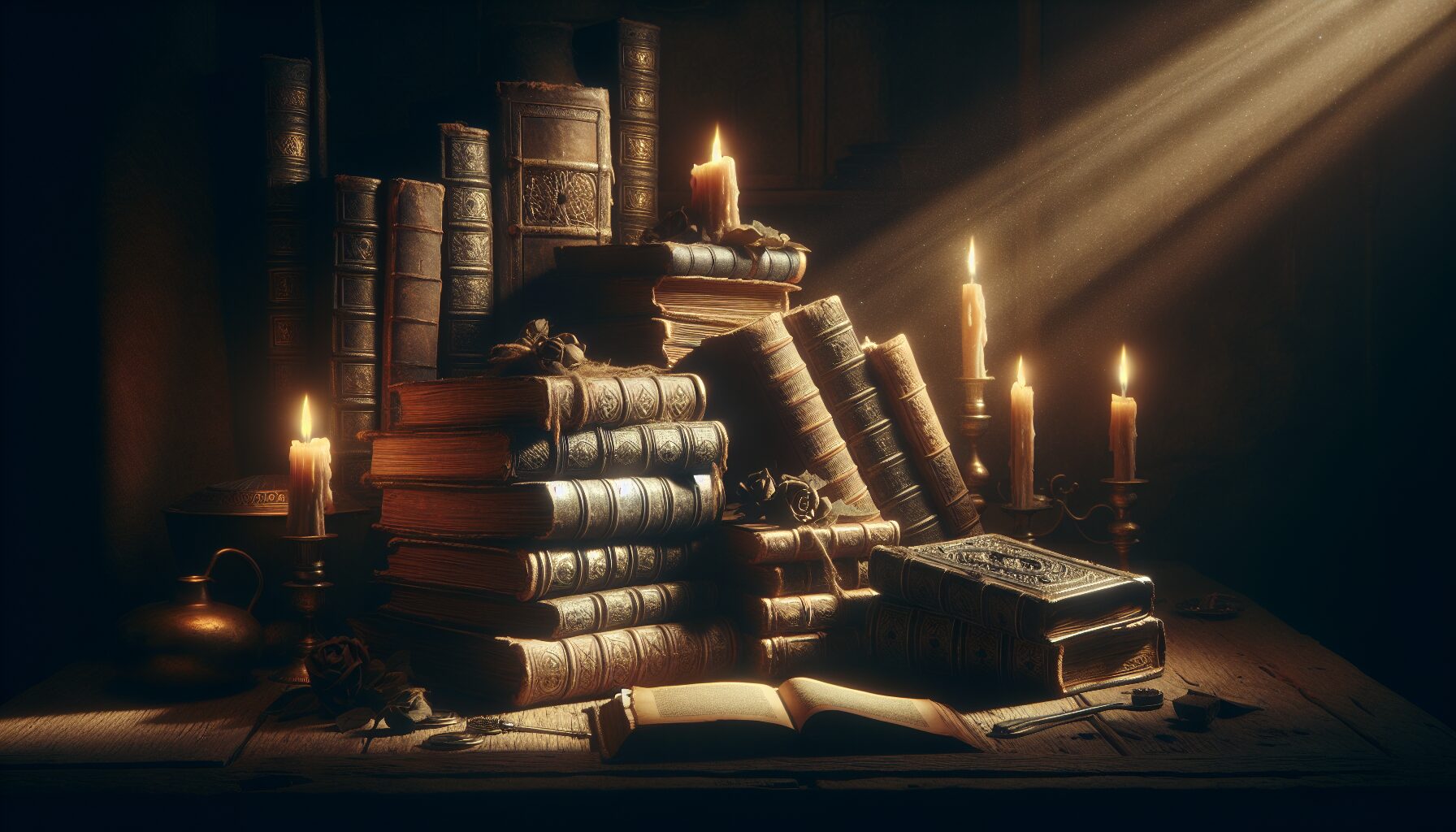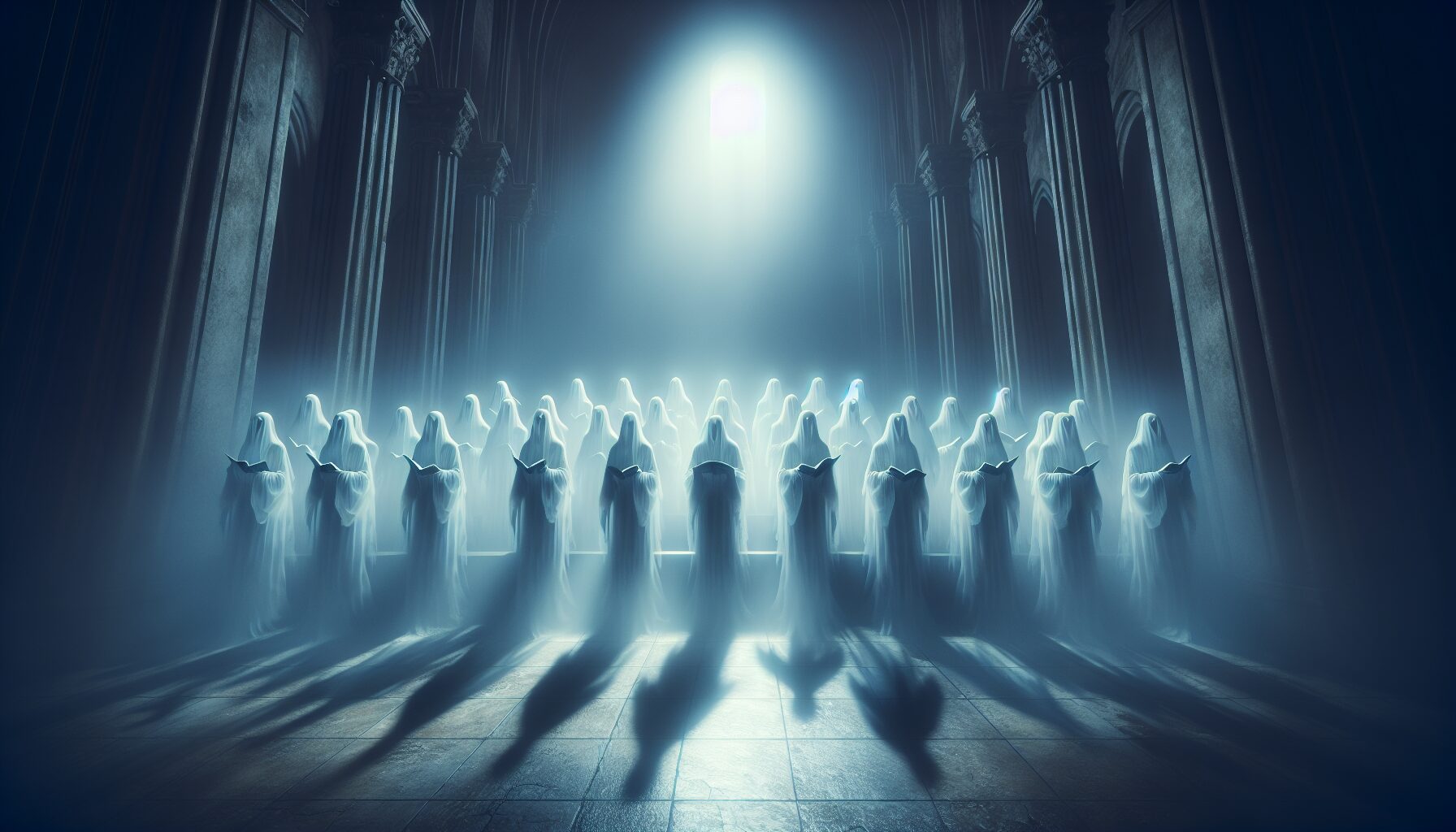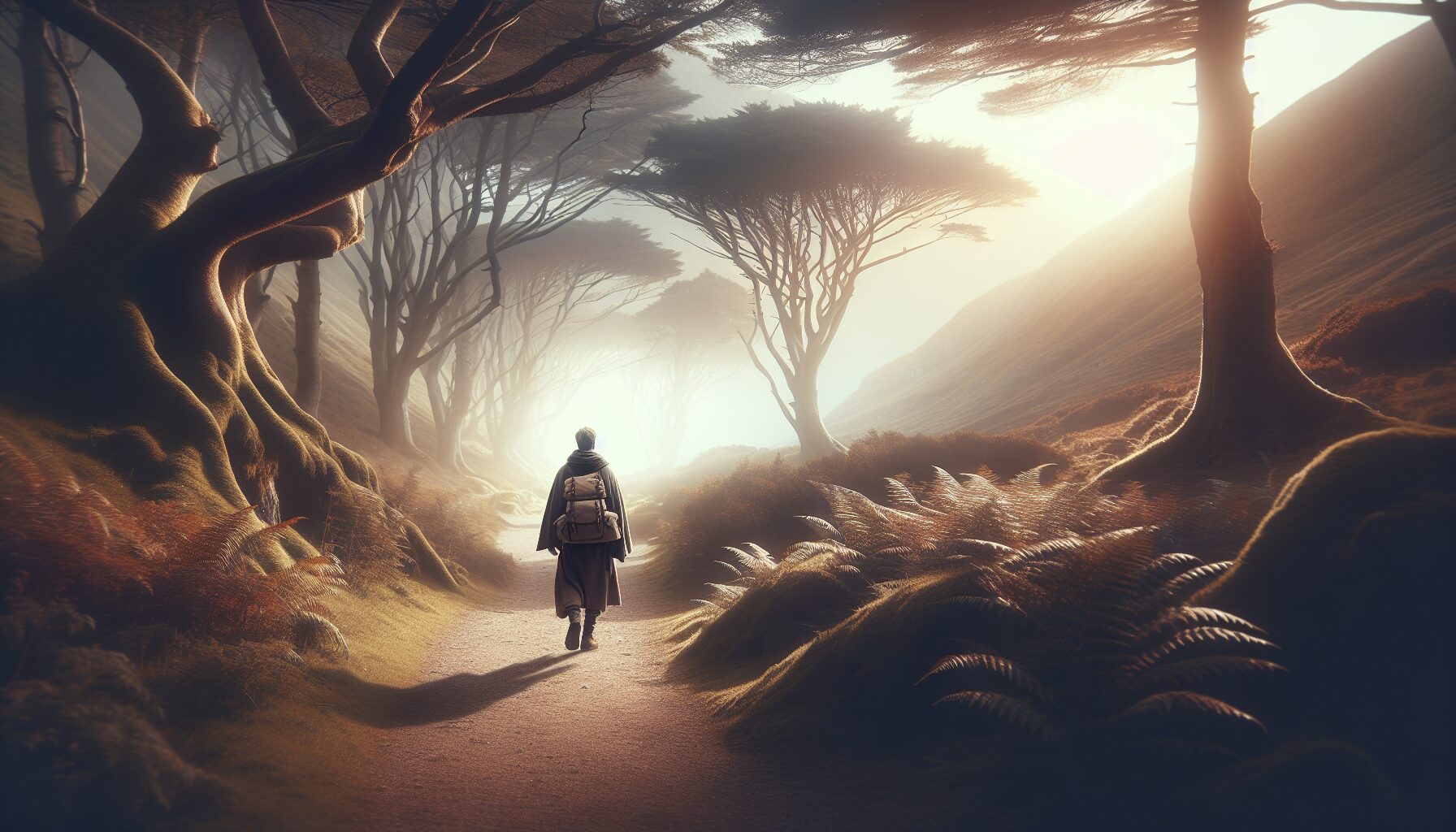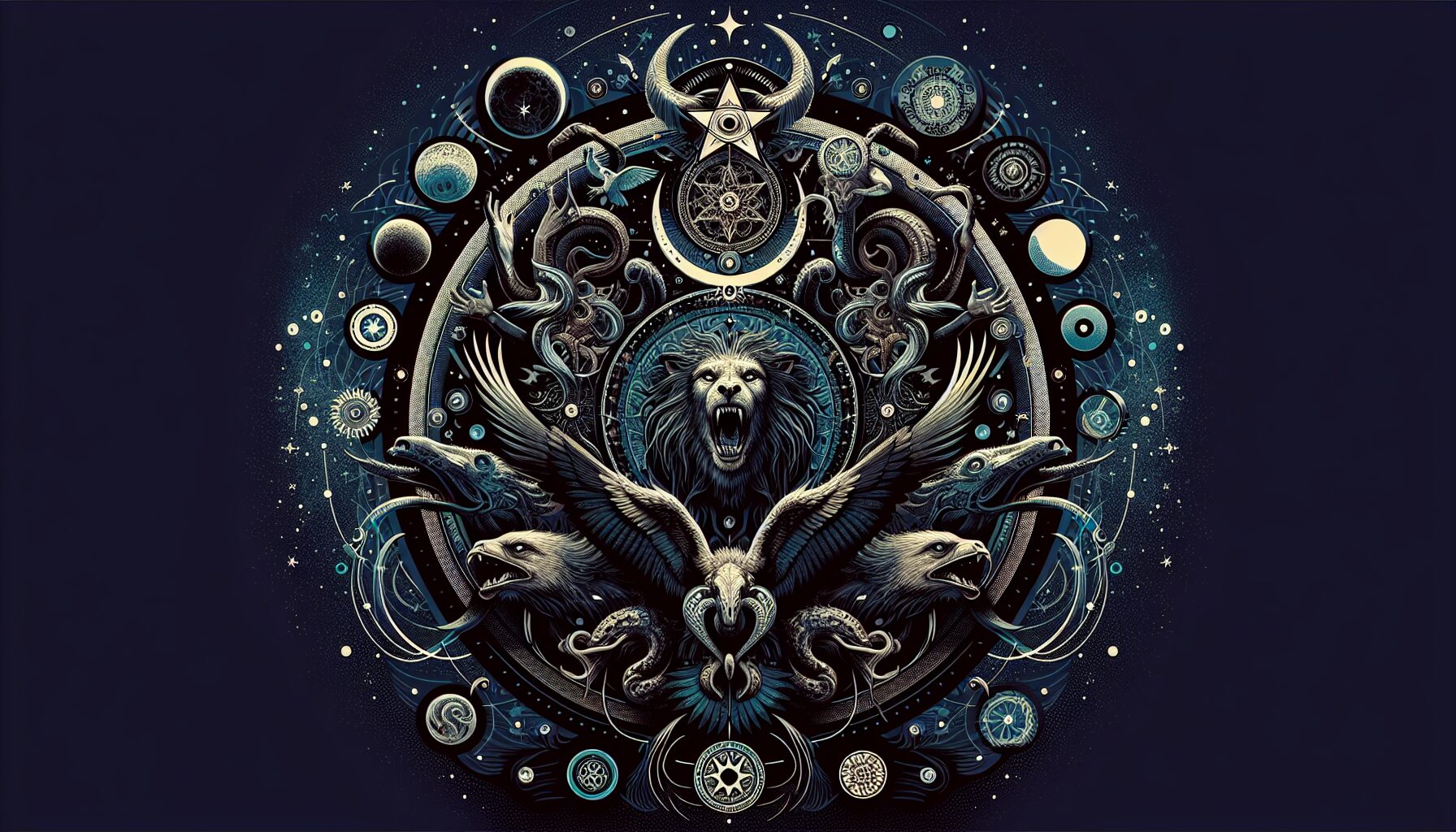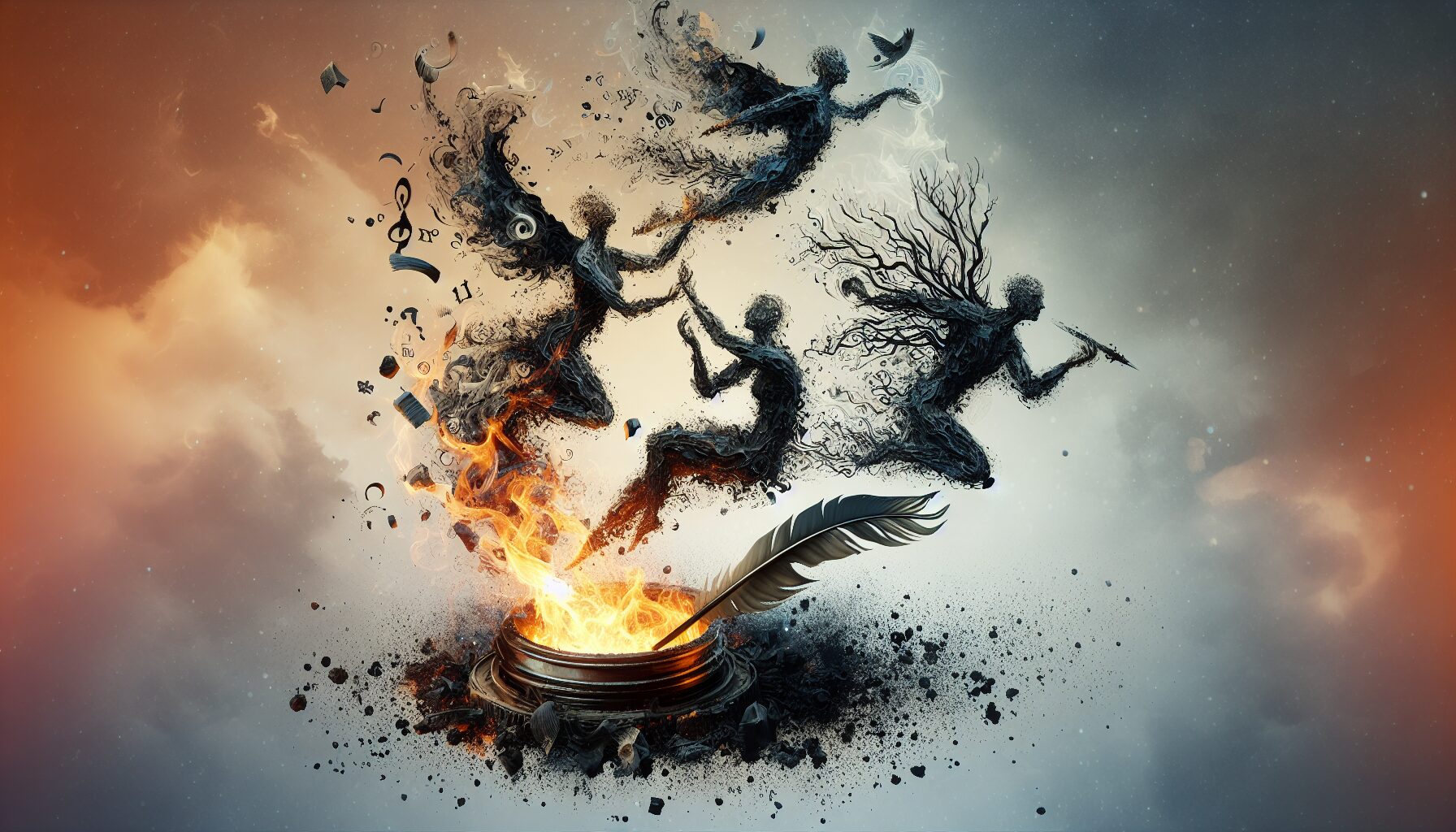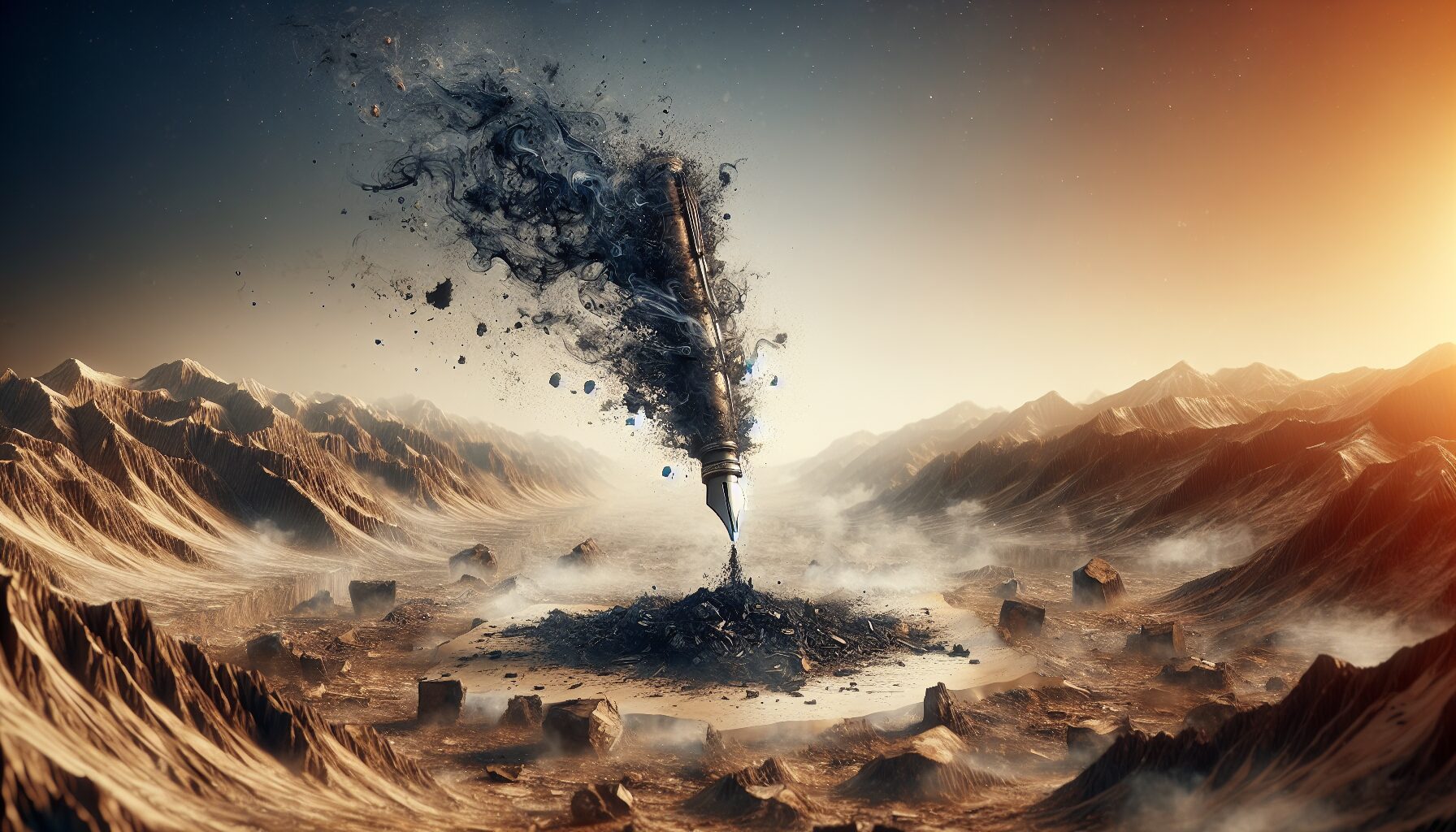Whispered Tomes: Secret Knowledge for Seekers of Shadows
In the hidden nooks and crannies of the world, where light seldom reaches, lie the whispered tomes of ancient lore. These books, cloaked in mystery and legend, promise enlightenment to those who dare seek their wisdom. Whispered tomes have fascinated adventurers, scholars, and mystics for centuries, drawing them into a shadowy world brimming with secret knowledge.
“To find the whispered tomes is not just to discover hidden texts, but to unravel the very threads of the universe,” noted renowned occult researcher Dr. Ellora Fane in her controversial work, The Shaded Codex.
The Allure of the Unknown
These tomes often guard their secrets jealously. Bound in ancient leather and inscribed in arcane symbols, they are not for the faint-hearted. Many legends state that the words within change as the reader gains understanding, a mirror to their soul’s growth. Their allure lies not only in the knowledge they hold but the journey they inspire.
- The Book of Shadows – Often associated with witchcraft, this tome is said to contain spells and insights into the natural and supernatural worlds. Its origins are enigmatic, with each copy believed to be unique, passed through generations of devoted practitioners.
- The Codex Umbra – A mysterious manuscript believed to be written by an ancient civilization, the Codex Umbra is thought to hold secrets of time manipulation and cosmic truths.
- The Liminal Grimoire – Said to be the diary of a dreamwalker, this grimoire offers guidance to those who wish to explore the boundary between reality and dreamscapes.
The Quest for Whispered Tomes
Finding one of these tomes is considered a quest in itself. Rumors swirl around forgotten libraries and hidden vaults protected by age-old guardians. Recently, a group of explorers claimed to have discovered a new section of the Vatican Apostolic Archive, hinting at unprecedented access to ancient texts yet to be read by modern eyes.
The quest for whispered tomes is not just about the acquisition of rare books but an exploration of what lies beyond the veil of ordinary understanding. It challenges seekers to look beyond the obvious, to question the known world, and to embrace the uncertainties of the shadowy unknown.
In the words of William Somerset Maugham, “The greatest truths are too important to be new,” and so whispering tomes continue to tempt seekers with the promise of ancient wisdom.
To those who venture into the shadows, these tomes stand as beacons of enlightenment and a reminder that the world still holds mysteries waiting to be unfolded.
